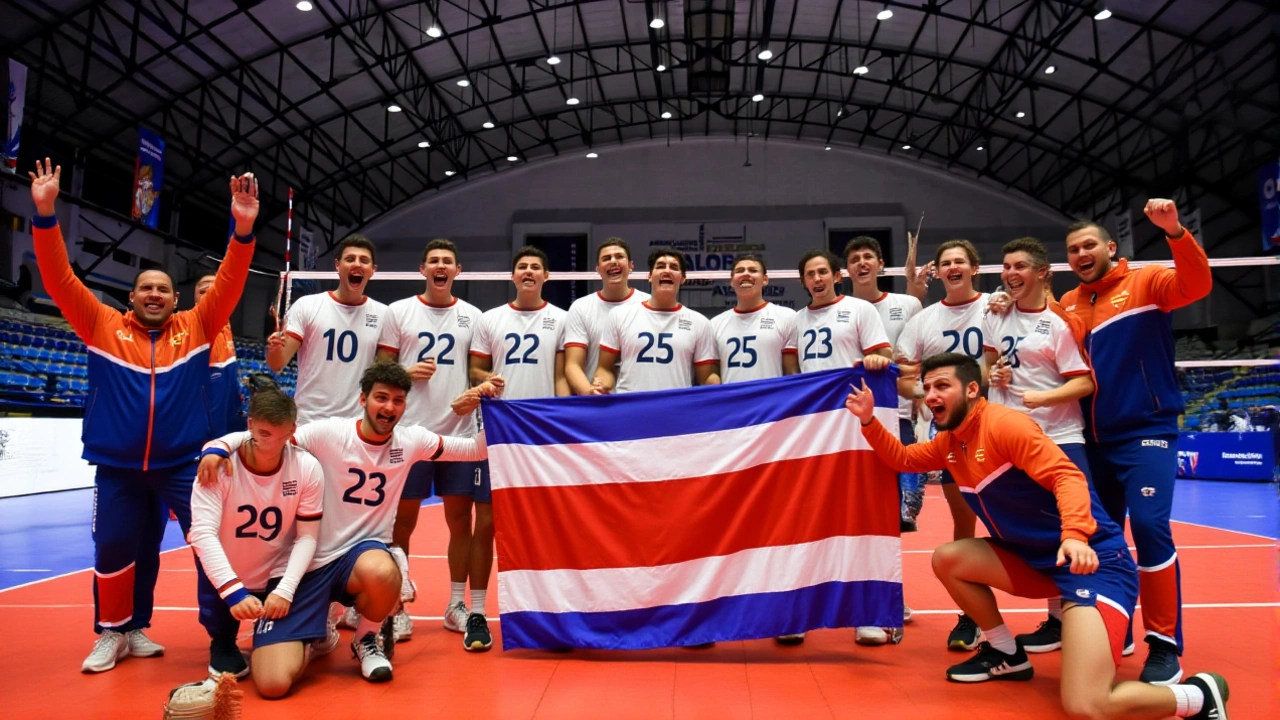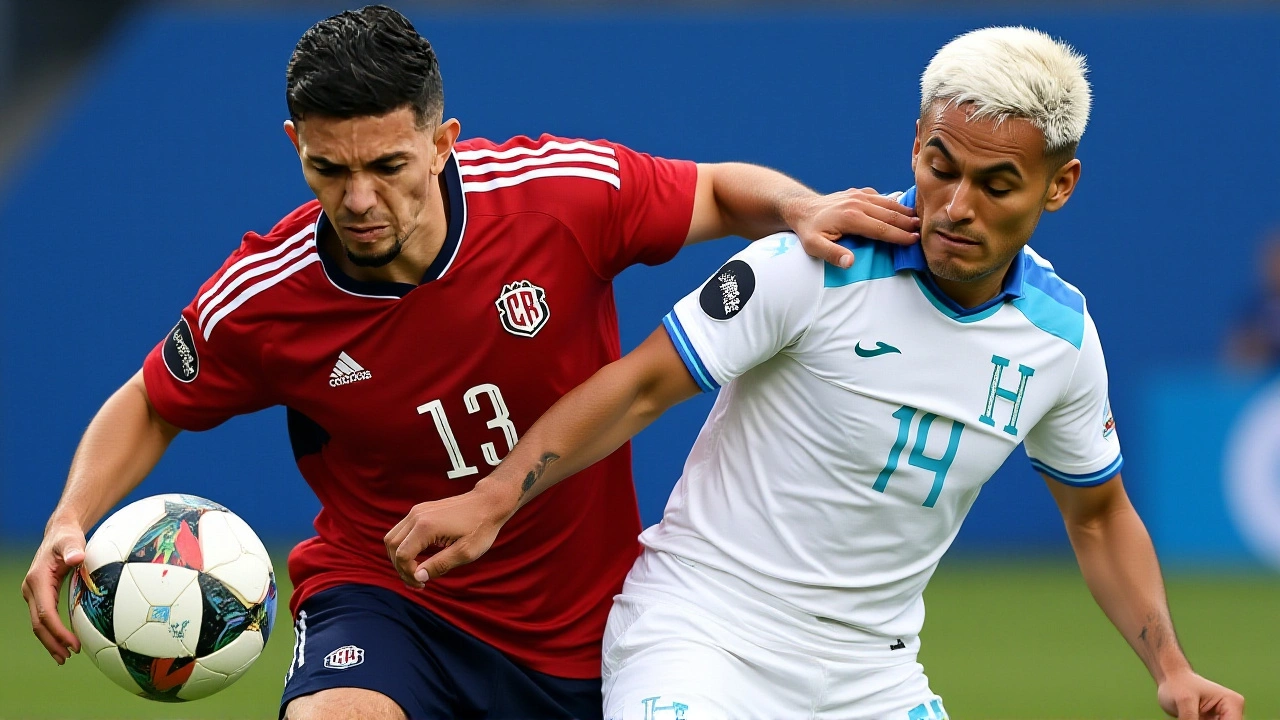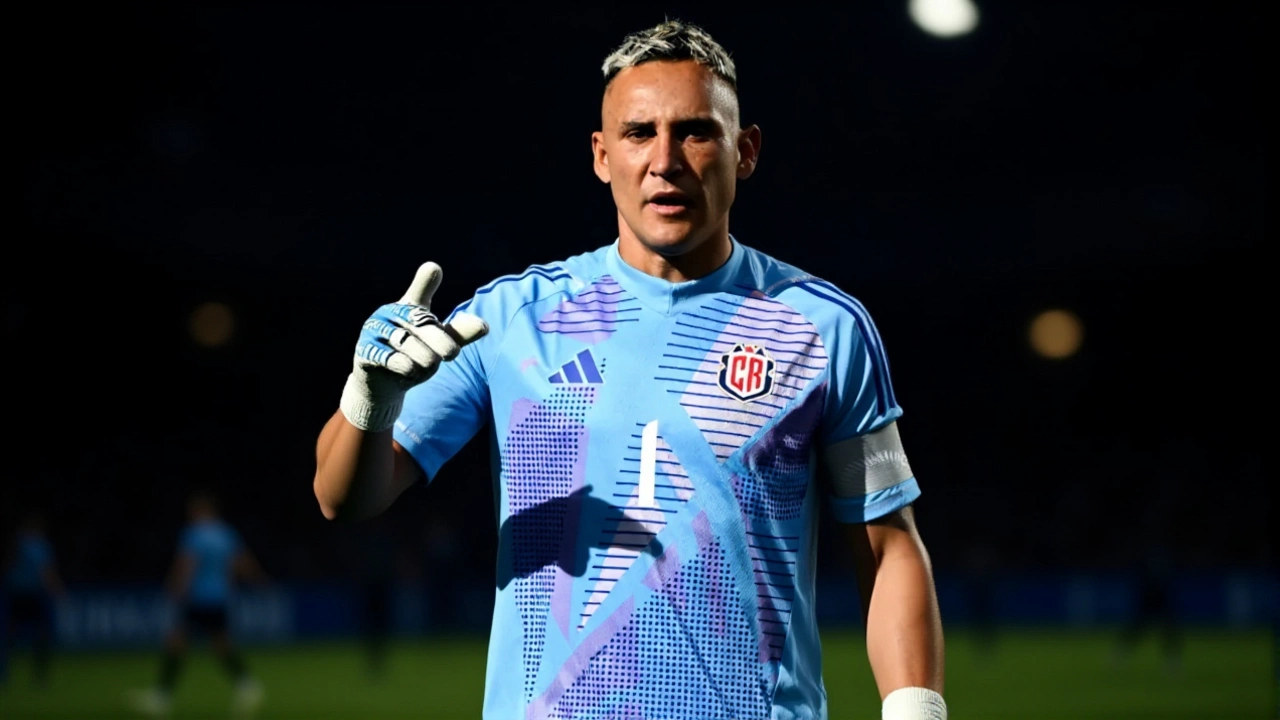It ended without a goal, without celebration, without hope. On Matchday 6 of the CONCACAF 2026 World Cup Qualifiers, Costa Rica and Honduras played out a tense, frustrating 0-0 draw at the Estadio Nacional de Costa Rica in San José—a result that eliminated both teams from qualifying for the 2026 FIFA World Cup. No goals. No glory. Just silence in the stands and a heavy realization: their World Cup dreams are over.
When Hope Died in San José
The match, played at 5:00 p.m. local time on November 18, 2025, was supposed to be a showdown between two footballing nations with rich histories. But instead of drama, it delivered exhaustion. Honduras came out with more intensity, creating their first real chance in the 23rd minute. By the 39th minute, they were inches away from breaking through—only for Keylor Navas, the 38-year-old veteran goalkeeper, to make a reflex save that felt like the last gasp of a fading era. The clean sheet held. But so did the scoreline. And that was the problem.
Costa Rica, coming off a shocking 2-1 loss to Nicaragua just days earlier, looked hesitant. Their substitutions—Walter Madrigal at 56', Jeferson Brenes at 62'—were reactive, not inspirational. Honduras, desperate to make history, pushed forward. Three yellow cards in the second half, including two within five minutes, showed their frustration. The crowd, once loud, grew quiet. By the 74th minute, even the commentators on CBS Sports Golazo Network had stopped shouting. The game had become a funeral.
Who Was on the Field—and Who Wasn’t
The lineups told a story of transition. For Costa Rica, O. Galo started but was subbed off by the 12th minute—an early sign of tactical uncertainty. Honduras fielded M. Chirinos as a central striker, but he was isolated, starved of service. Neither side had a player who could create magic. The midfield was clogged. The wings were quiet. Even the substitutions, which came in waves—Costa Rica made three changes in the 64th minute alone—felt like panic, not strategy.
Referee Drew Fischer of Canada, supported by assistant referees Micheal Barwegen and Lyes Arfa, kept control but rarely had to make a decisive call. The VAR team, led by American Armando Villarreal, reviewed nothing. There were no goals to review. No fouls that changed the game. Just a lot of running, and nothing to show for it.

How the World Watched—And Missed the Story
In the United States, the match was available only through streaming: Paramount+ and CBS Sports Golazo Network. No traditional TV broadcast. That’s the new reality. Peacock TV offered a Spanish-language feed that ran 1 hour and 46 minutes—longer than the match itself, thanks to pre- and post-game analysis. In Canada, fuboTV Canada and OneSoccer carried it. In Central America, Tigo Sports Costa Rica and Tigo Sports Honduras broadcast it live to packed bars and living rooms. Fans watched. But they didn’t celebrate.
On YouTube and Facebook Live, international viewers scrolled through clips of Navas’ save, the missed headers, the final whistle. The highlight reel from CBS Sports Golazo America was just over nine minutes long. Nine minutes of silence. That’s how much happened.
What This Means for Central American Football
For Costa Rica, this is the lowest point since their 2002 World Cup failure. They’ve qualified for six of the last seven tournaments. Now, they’re out—alongside Honduras, who last made it in 2014. Both teams are now staring at a future without World Cup football for the next four years. The Costa Rican Football Federation and Honduran Football Federation will face intense pressure to rebuild. Youth academies will be scrutinized. Coaches will be replaced. Fans will demand change.
The CONCACAF Nations League framework, which served as the qualifying pathway, exposed the gap between the region’s top teams and the rest. The U.S., Canada, and Mexico will host the 2026 World Cup—and they’ll be joined by Panama, Jamaica, and the United States’ own second team, the U.S. Men’s National Team. But Costa Rica and Honduras? They’re not just out. They’re irrelevant in the new hierarchy.

What Comes Next?
The immediate future is uncertain. Both federations must now pivot to the 2027 CONCACAF Gold Cup and the 2028 Olympic qualifiers. But without World Cup momentum, sponsorship and fan interest will wane. Ticket sales for friendlies will drop. Young players will look to clubs abroad, not national teams. And the cycle continues: no success, no investment, no talent development.
There’s a quiet irony here. The match was played in the Estadio Nacional de Costa Rica, a stadium built for 35,175 fans. On November 18, fewer than 12,000 showed up. The stands weren’t empty. But they were hollow.
Frequently Asked Questions
Why were both Costa Rica and Honduras eliminated with a draw?
Because the group standings were so tight, only the top two teams advanced. Costa Rica entered the match in third place with 7 points; Honduras was fourth with 6. A win would have pushed either team into second place. But a draw left both teams behind Panama (11 points) and Jamaica (10 points), who secured their spots. The draw didn’t just cost them a win—it locked them out of the top four.
How did Keylor Navas’ performance impact the match?
Navas’ 46th-minute save on a close-range header from Honduras’ striker was the defining moment. Without it, Costa Rica would have lost 1-0 and still been eliminated. But even with the clean sheet, the draw wasn’t enough. His performance was heroic—but it couldn’t overcome the team’s lack of attacking cohesion. It was a farewell to a legend who carried the team for over a decade, yet couldn’t carry them to the World Cup.
Why was the match only streamed in the U.S. and not on traditional TV?
Broadcasters now prioritize high-demand events for linear TV. With both teams eliminated before kickoff, CBS and Paramount+ treated it as a niche streaming event. This reflects a broader trend: CONCACAF qualifiers are increasingly seen as secondary to MLS or European leagues in the U.S. market. Only matches involving the U.S. or Canada still draw traditional TV deals.
What does this mean for future CONCACAF qualifying?
The 2026 qualifiers revealed a widening gap between the top three (U.S., Canada, Mexico) and the rest. Future cycles may include a preliminary round for lower-ranked teams. Costa Rica and Honduras will need to overhaul their youth systems and coaching pipelines. Without structural reform, they risk becoming permanent outsiders in the region’s top competition.
Is there any chance either team can still qualify for the 2026 World Cup?
No. The final round of CONCACAF qualifiers concluded on November 18, 2025. The top six teams advanced directly to the World Cup, while the seventh-place team entered a playoff against a team from South America. Neither Costa Rica nor Honduras finished in the top seven. Their World Cup journey ended with the final whistle in San José.
How did fans react to the elimination?
In San José, fans left quietly, many without cheering. Social media was flooded with #GraciasKeylor and #AdiosMundial. In Honduras, protests erupted outside the federation headquarters in Tegucigalpa. One fan held a sign: "We didn’t lose to Nicaragua—we lost to ourselves." The emotional toll will linger longer than the match results.

